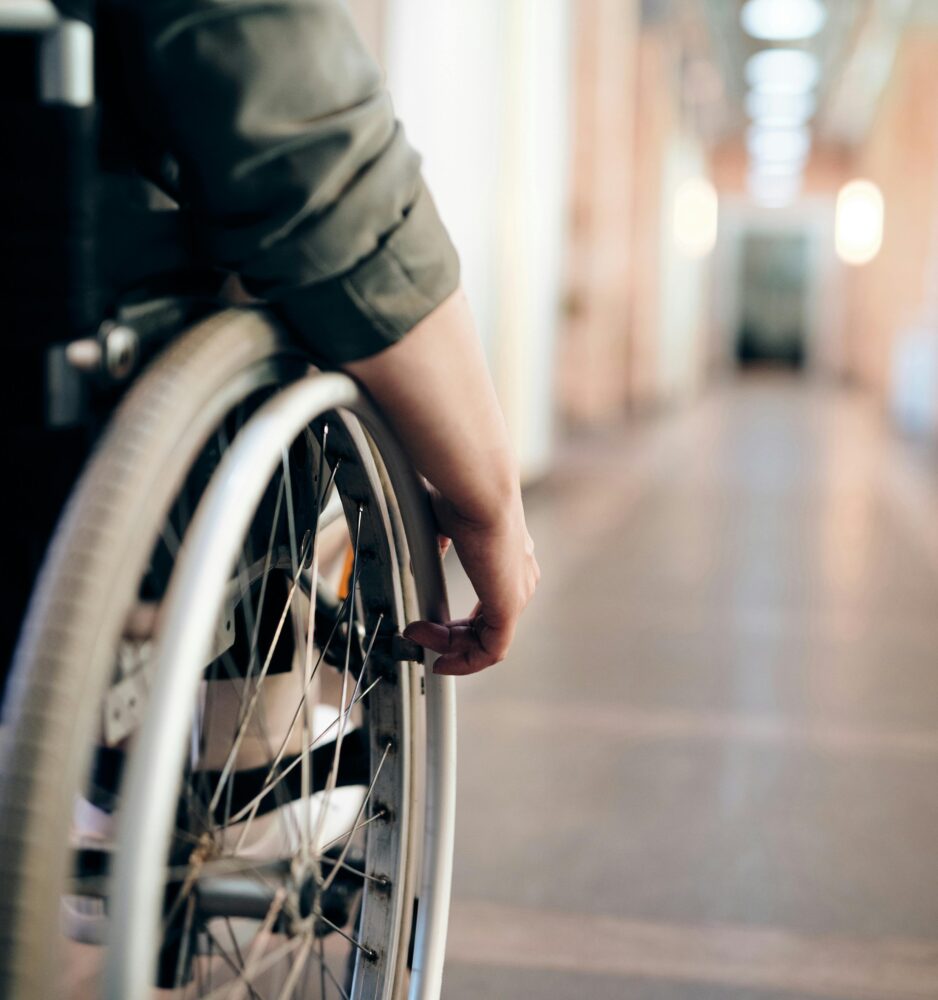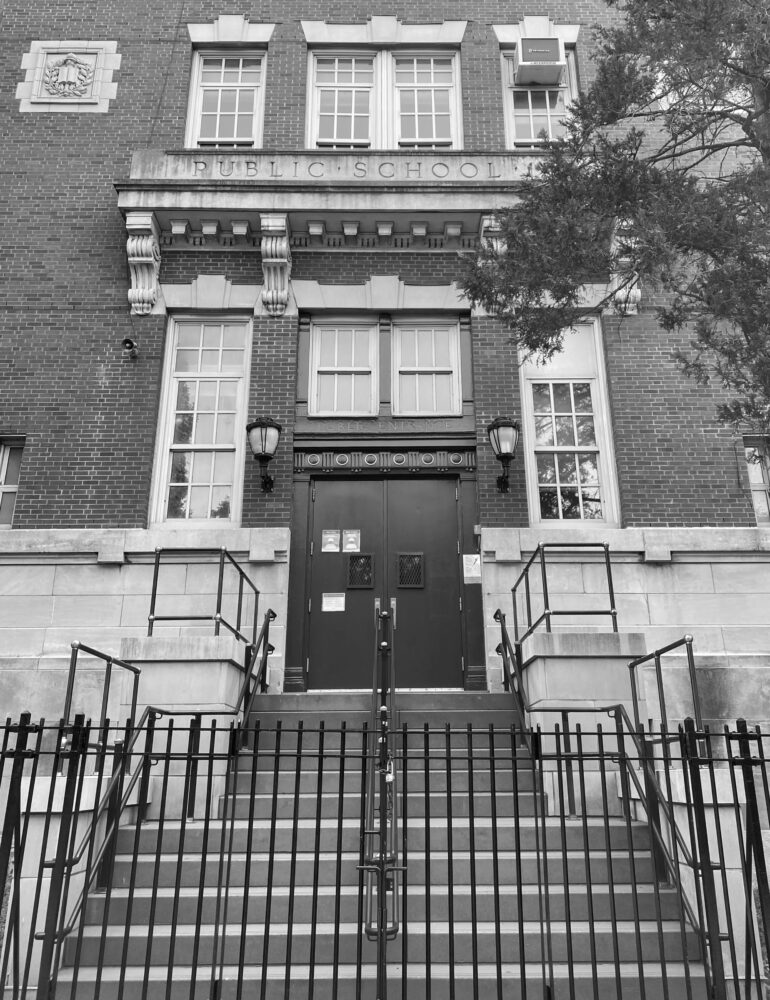Access Denied: School Accessibility in New York City
This October 2018 data brief finds that less than one in five of the City’s schools is categorized by the DOE as “fully accessible.” The report urges the City to use the forthcoming capital plan to reach an ambitious and attainable goal—making a third of all schools fully accessible by 2024.

On October 10, 2018, Advocates for Children of New York (AFC) released a new report entitled Access Denied: School Accessibility in New York City, which looks at the accessibility of New York City’s 1,800 public schools. The report comes ahead of the release of the Department of Education’s (DOE’s) proposed Fiscal Year 2020-2024 Capital Plan—expected next month—and, among other recommendations, urges Mayor Bill de Blasio and the DOE to allocate significant new funds in the forthcoming plan for school accessibility projects.
The 1990 Americans with Disabilities Act (ADA) requires the City to provide equitable access to schools for students, families, and teachers with mobility, hearing, and vision needs. But nearly 30 years after the passage of the ADA, Access Denied finds that less than one in five of the City’s schools is categorized by the DOE as “fully accessible.” Analyzing public DOE data, the report breaks down school accessibility overall, as well as by school district and school level, finding that:
- Only 18.4% of the City’s schools are fully accessible (335 out of 1,818 schools).
- In 28 of the City’s 32 school districts, less than one-third (33%) of schools are fully accessible.
- In seven districts, less than 10% of schools are fully accessible.
- Three districts have no fully accessible elementary schools; four districts have no fully accessible middle schools; and six districts have no fully accessible high schools.
- District 16 in Brooklyn has no fully accessible schools at any level.
- Only 27.0% of the sites housing the City’s District 75 classes—specialized programs designed for certain students with disabilities—are in fully accessible buildings (103 out of 382 buildings).
In June 2018, Mayor de Blasio and the City Council took a big step by including $150 million over three years in the city budget to make more schools accessible. While they deserve credit for this important investment, the Mayor, the Chancellor, and the City Council Speaker have all acknowledged that far more work remains.
The shortage of fully accessible schools excludes students with physical disabilities from the majority of schools in the public system. Some students cannot attend their zoned elementary school and have long, daily bus rides because there’s no closer option that meets their needs. Other students must rule out high school choices that fit their interests. The DOE places some students in “partially accessible” schools, where they may not have access to key rooms, like science labs or the auditorium.
“As a parent, you expect school to be the one place your children can be themselves and not be bound by barriers. Instead, children like mine are being limited to the services offered on the first floor.”
Yuvania Espino, the parent of Mia, a student with a physical disability
The $150 million allocated for school accessibility from Fiscal Years 2015-2019 accounts for less than one percent of the City’s $17.2 billion budget for education capital projects over these five years.
The report urges the City to use the forthcoming capital plan to reach an ambitious and attainable goal—making a third of all schools fully accessible by 2024. On top of the $100 million already budgeted for the term covered by the upcoming capital plan (FY 20-24), AFC estimates that another $750 million would be necessary to make a third of all public schools fully accessible, for a total of $850 million over five years.
“The significant investment recommended in our report reflects the sheer scale of the need for more fully accessible schools,” said Kim Sweet, Executive Director of Advocates for Children of New York. “Nearly three decades since the passage of the 1990 ADA, no student should be prevented from attending a school on account of accessibility concerns.”
-
View the press release as a PDF
October 10, 2018
MEDIA COVERAGE
-
More than 80% of city schools are inaccessible to kids with disabilities: report


